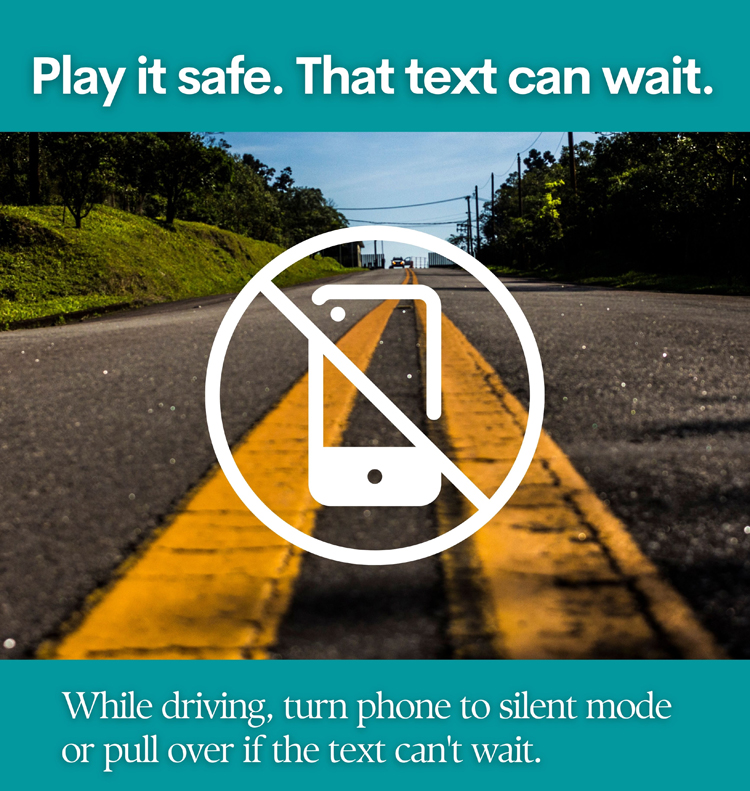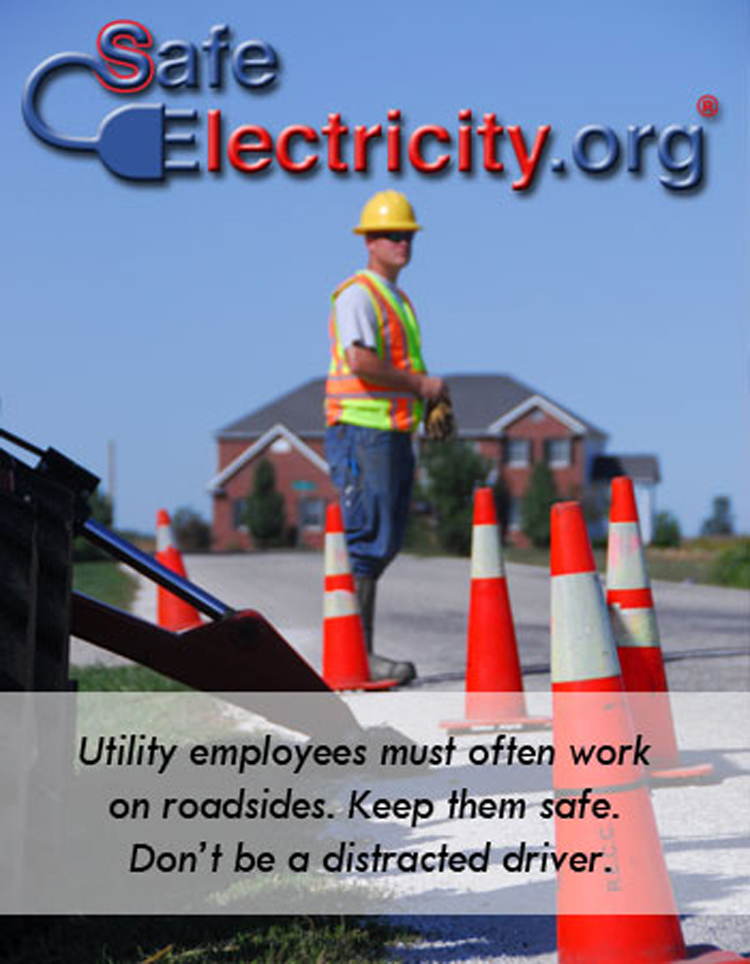Manager Connection – Distracted Driving
By Syd Briggs,
General Manager

Some temptations are difficult to resist whether it’s a dessert, snack, shopping, social media, or other guilty pleasures.
Even though Minnesota laws have changed, while driving, we may hear that “ding” on our phone, alerting us to a text or call coming through, and we sometimes feel the urgent need to check it. We know we shouldn’t do it, but rationalize the exception to waiting based on: being quick, we are on a long trip, someone might need something immediately, or simply because we have over confidence on being a good driver.
So why do we indulge in behavior we know to be wrong, dangerous, and in many states—like Minnesota—illegal? Call it hubris. According to AAA research, most people feel they are better-than-average drivers. After all, we have busy lives and are accustomed to multitasking. But mounds of research and thousands of deaths every year prove otherwise.

As a new school year is on the horizon, young drivers and school buses will be back on the road, and it serves as a good reminder of the dangers of distracted driving. In addition, it’s a reminder to be watchful of road construction crews still working as weather allows.
The reality is that using a phone while driving creates enormous potential for injuries and fatalities. Distractions take a motorist’s attention off driving, which can make a driver miss critical events, objects and cues, potentially leading to a crash.
According to the National Highway Traffic Safety Administration, one of every 10 fatal crashes in the U.S., involves distracted driving, resulting in more than 3,000 deaths annually. The statistic is heartbreaking when you consider so many of those accidents could have easily been avoided.
Distracted driving is considered any activity that diverts a motorist’s attention, including texting or talking on the phone, and adjusting the navigation or entertainment system. Texting is by far one of the most dangerous distractions. Sending or reading one text takes your eyes off the road for an average of five seconds. At 55 mph, that’s like driving the length of an entire football field with your eyes closed.
In addition to refraining from texting while driving, we can help keep the roads safe by moving over for first responders and other emergency vehicles. Additionally, if you see utility crews conducting work near the roadside, I’d encourage you to move over when possible and give them extra space to perform their work safely.

At Steele-Waseca Cooperative Electric, safety is foremost in everything we do—for our employees and our members. We routinely remind our crews of the dangers of distracted driving, and we hope you’ll have similar conversations with your teens who may be new to the roadways, and are especially susceptible to the lure of technology.
Let’s work together to keep everyone safe on the roads. Remember: that text can wait and waiting just may save a life.

Trust
#swce/TRUST





